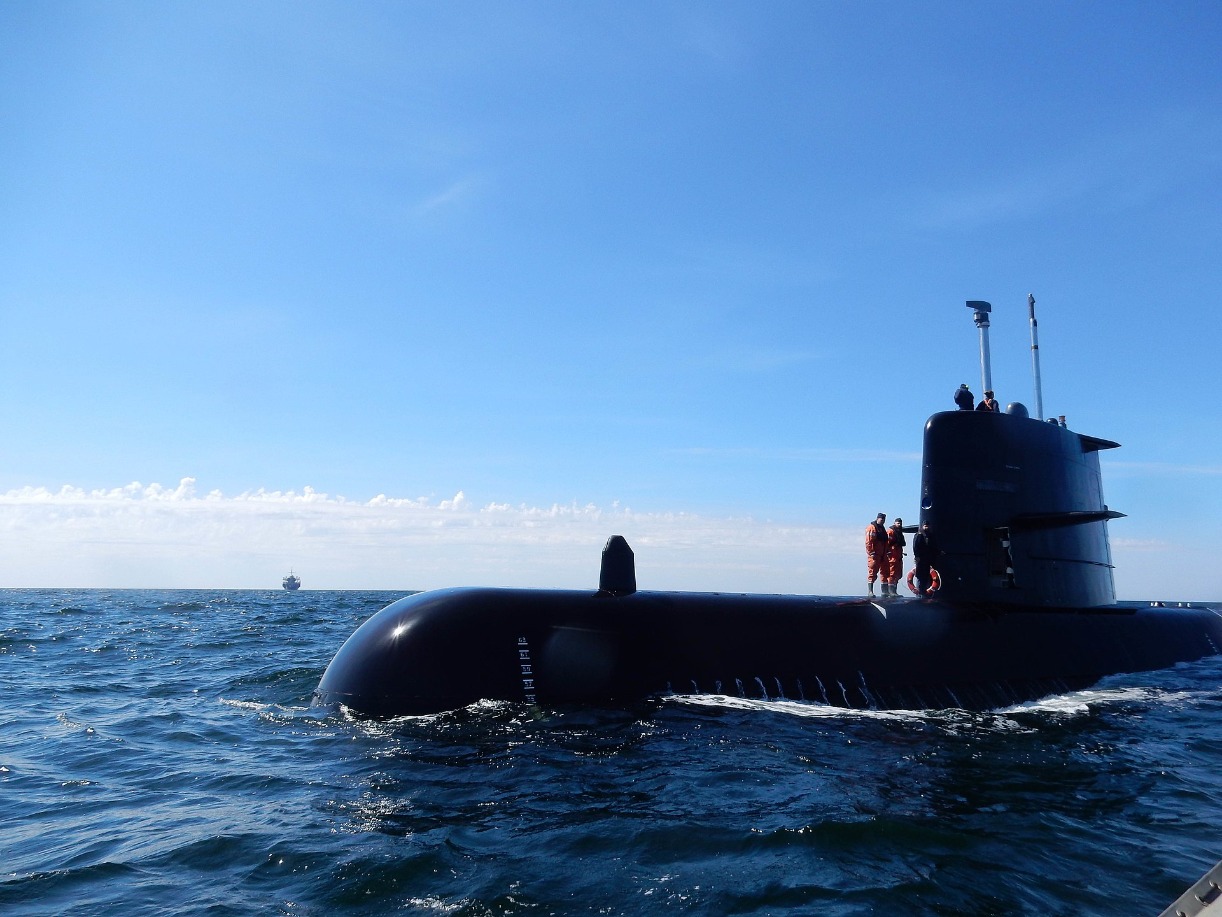'Multiple Virtual Torpedo Hits': How a $100 Million Sub 'Sank' Navy Aircraft Carrier USS Ronald Reagan
The Swedish Gotland-class submarine, renowned for "sinking" the USS Ronald Reagan during a 2005 war game, highlighted the vulnerability of a $6 billion supercarrier to a $100 million sub.
Summary and Key Points: The Swedish Gotland-class submarine, renowned for "sinking" the USS Ronald Reagan during a 2005 war game, highlighted the vulnerability of a $6 billion supercarrier to a $100 million sub.

-Gotland's stealthy performance was attributed to its quiet Stirling engine, allowing it to evade detection by the entire Carrier Strike Group.
-This incident underscored the need for the U.S. to reconsider its defense spending strategies.
-Sweden is now upgrading Gotland and its sister ship, Uppland, while also developing the new Blekinge-class submarines, which will feature advanced diesel-electric propulsion and be delivered by 2028.
Stealth vs. Might: The Gotland Sub's Triumph Over the USS Ronald Reagan"
For Americans, the Swedish Gotland submarine is perhaps best known for “sinking” the USS Ronald Reagan aircraft carrier. It happened during a 2005 war game, although it wasn’t supposed to happen at all. Reagan, a modern supercarrier with a $6 billion price tag, entered the war game as the Goliath equivalent. Gotland, meanwhile, cost just $100 million and was the clear-cut David.
In the exercise, Gotland managed to sneak past Reagan’s passive sonar defenses and land multiple virtual torpedo hits, “sinking” the $6 billion vessel and escaping unscathed.
Against the Odds
Gotland didn’t just sneak past Reagan, but past an entire Carrier Strike Group, including U.S. destroyers, helicopters, and aircraft – all of which were deployed to prevent Gotland from landing a fatal blow against Reagan. Really, Gotland should not have been competitive against the full force of the U.S. Navy, yet it landed a mortal “blow."
How did this happen? Popular Mechanics explains:
"It’s all thanks to a very old-school engine. Instead of using its diesel to power an internal combustion engine (which is quite loud, what with the explosions and all), the Gotland-class sub instead uses highly optimized Sterling engines, not unlike what you might find as a desk toy, but considerably more high tech. These exceedingly quiet engines are used to charge batteries which in turn can directly run the engines. The result is a sub that’s quieter than any other diesel, and even quieter than its nuclear cousins which require a constant churn of coolant that can give away their position.”

So being outdated actually lent Gotland an advantage.
Cost Imbalance
Gotland costs just $100 million – about the price of a Boeing F-15EX. And if a $100 million submarine can fell a $6 billion aircraft carrier, the U.S. is making risky investments. The Gotland incident forces the U.S. to reexamine the solace they take in outspending rivals on defense and security. Outspending does not always translate to superiority, or even basic survival.
Replacing Gotland
Gotland is scheduled to be upgraded (along with her sister ship, Uppland), but Sweden will also be building new submarines. The Blekinge-class submarine will cost $816 million per unit. It will displace nearly 2,000 tons, with a length of 216 feet. For propulsion, the new submarine will rely on a diesel electric motor, which should allow for an endurance of 45 days at sea and 18 days underwater. The Blekinge will be able to operate at depths as deep as 656 feet. The new submarine will be properly armed, too, with 533 mm torpedo tubes and 400 mm torpedo tubes. It will carry Torped 62 torpedoes and mines.

The first Blekinge-class vessel has already been laid down and should be delivered in 2027. The second vessel should follow in 2028.
About the Author: Harrison Kass, Defense Expert
Harrison Kass is a prolific defense and national security writer with over 1,000 published pieces. An attorney, pilot, guitarist, and minor pro hockey player, Harrison joined the US Air Force as a Pilot Trainee but was medically discharged. Harrison holds a BA from Lake Forest College, a JD from the University of Oregon, and an MA from New York University. Harrison listens to Dokken.
All images are Creative Commons.


